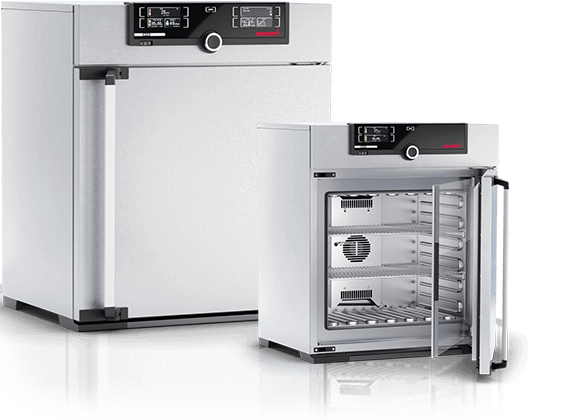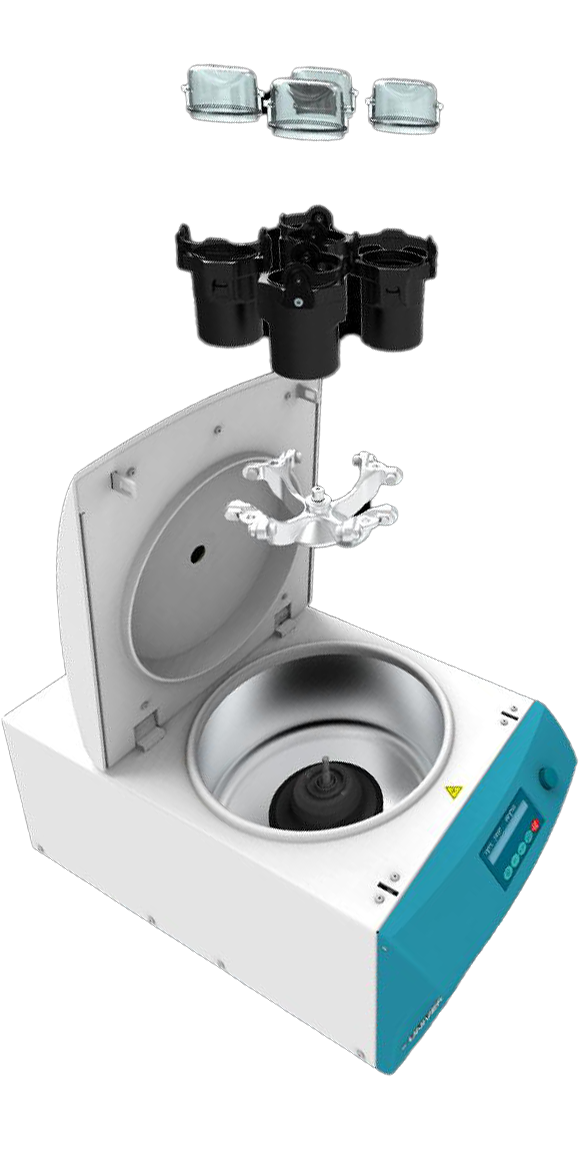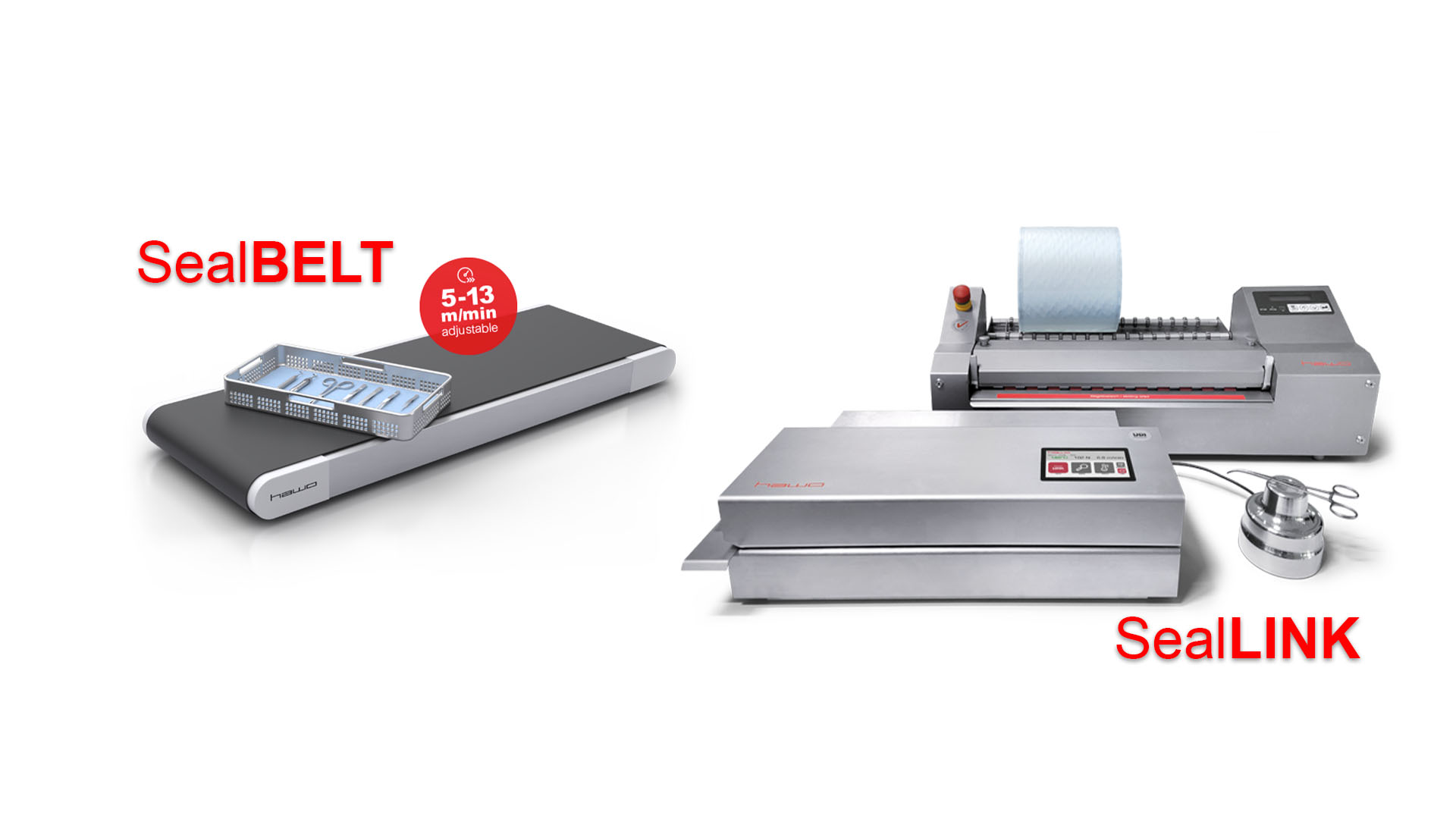With a myriad of different laboratory tubes available in the market, it can be confusing. In this month’s blog, we take closer look at the different types of centrifuge tubes available and how to determine which one is right for you.
Types of centrifuge tubes
There are a variety of different tubes that can be spun in a centrifuge. Tubes with screw caps, or rubber stoppers, ones made of plastic or ones made of glass, the list goes on and on! However, the plastic Vacutainer is probably the most common tube used in a centrifuge, particularly in a hospital environment.
The Vacutainer was developed by Becton Dickinson (BD) in 1949 and is a registered trademark of the company. Today, there are many imitations, but the BD Vacutainer remains a world leader in centrifuge tubes.
The Vacutainer consists of a plastic tube with a colour coded rubber bung. During the process of manufacture, the rubber bung creates a vacuum seal which allows the user to draw a predetermined amount of liquid from the sample. There are various different draw options depending on how much liquid (e.g. blood) to want to take from the source (e.g. the patient).
Colour coded centrifuge tubes
The colour coded caps aren’t merely a way of brightening up the laboratory. Each colour indicates which additive is present in the tube and also helps with visually identifying which one to use for different tests. Below is a brief outline of the common colours you may come across in the laboratory:
- Purple contains an additive called EDTA which acts as an anticoagulant. It is often used to test full blood count or erythrocyte sedimentation rate.
- Yellow topped tubes contain silica particles and a serum separating gel. It can be used for a wide variety of tests including liver function tests and lipid profiling.
- Conversely the grey topped tube is only used for two tests. It contains two additives- sodium fluoride and potassium oxalate. The tube is used to test for glucose and lactate.
More detailed information on centrifuge tube colours can be found via this link.
Standardising the colour coding
The different colours on the tubes can be confusing because different countries use different colour coding. For example, the EU colour code is based on BS 4851 and the US colour code is based on ISO 6710. Some tube manufacturers such as Sarstedt have to stock both types to satisfy their global customer base. This is not only expensive but also incredibly inefficient.
It is why many welcome the new ISO 6710:2017- single-use containers for human venous blood specimen collection. It was published in July last year and calls for a worldwide standardisation of cap colour. However, nothing has been set in stone yet. Over the next five years, the market will decide on the extent to which the current ISO recommendation will become binding the next time the document is revised.
That being said, laboratories may choose to future proof their procedures and update them in line with ISO 6710:2017.
Choosing the right adaptor
Once you have chosen your tube, you will now need to choose the right centrifuge adaptor. It is vitally important that your centrifuge tube is properly supported during its run and this is why an adaptor is used.
Take a close look at the profile of your centrifuge tube. Is the base, conical, flat or round? This will help you choose which adaptor is suitable. The holes of the centrifuge tube will be bored out in different profiles. If you decide to spin a conical tube in an adaptor designed for flat tubes, you can expect the tube to crack under the centrifugal force.
How Henderson Biomedical can help
Whilst we are not manufacturers of centrifuge tubes, we have serviced, repaired and calibrated centrifuges for over thirty years. We are very familiar with the different types of tubes and containers used in this type of equipment. If you would like help or advice, please do not hesitate to contact our team on 020 8663 4610 or via email- info@henderson-biomedical.co.uk.









